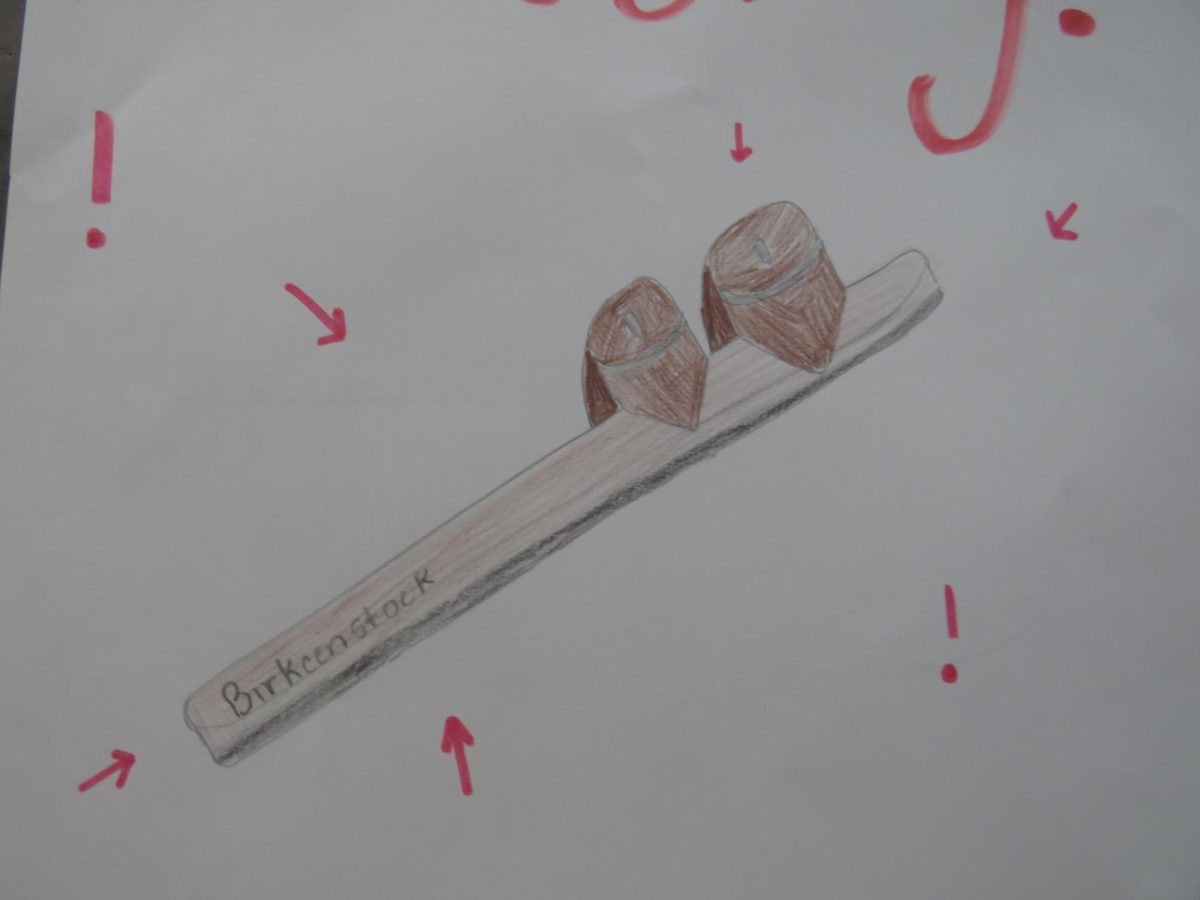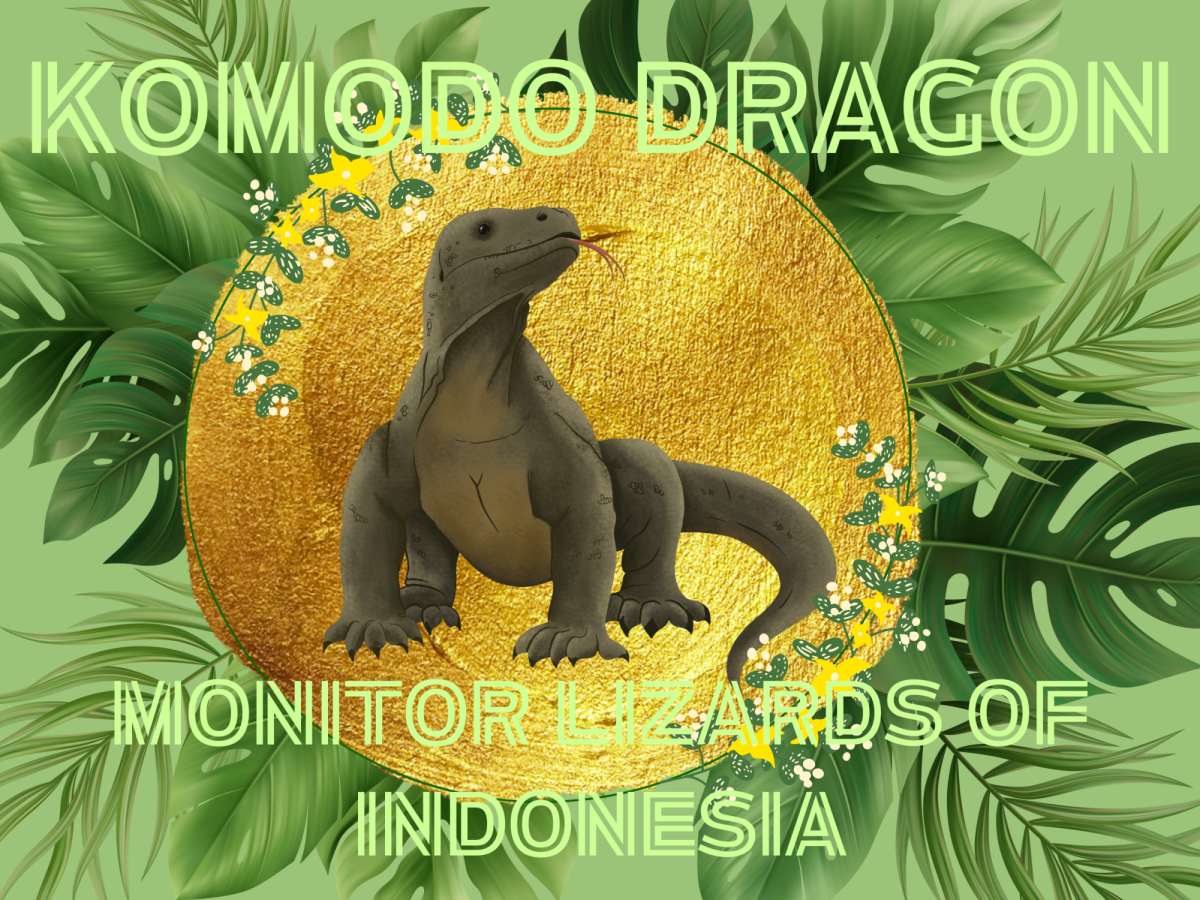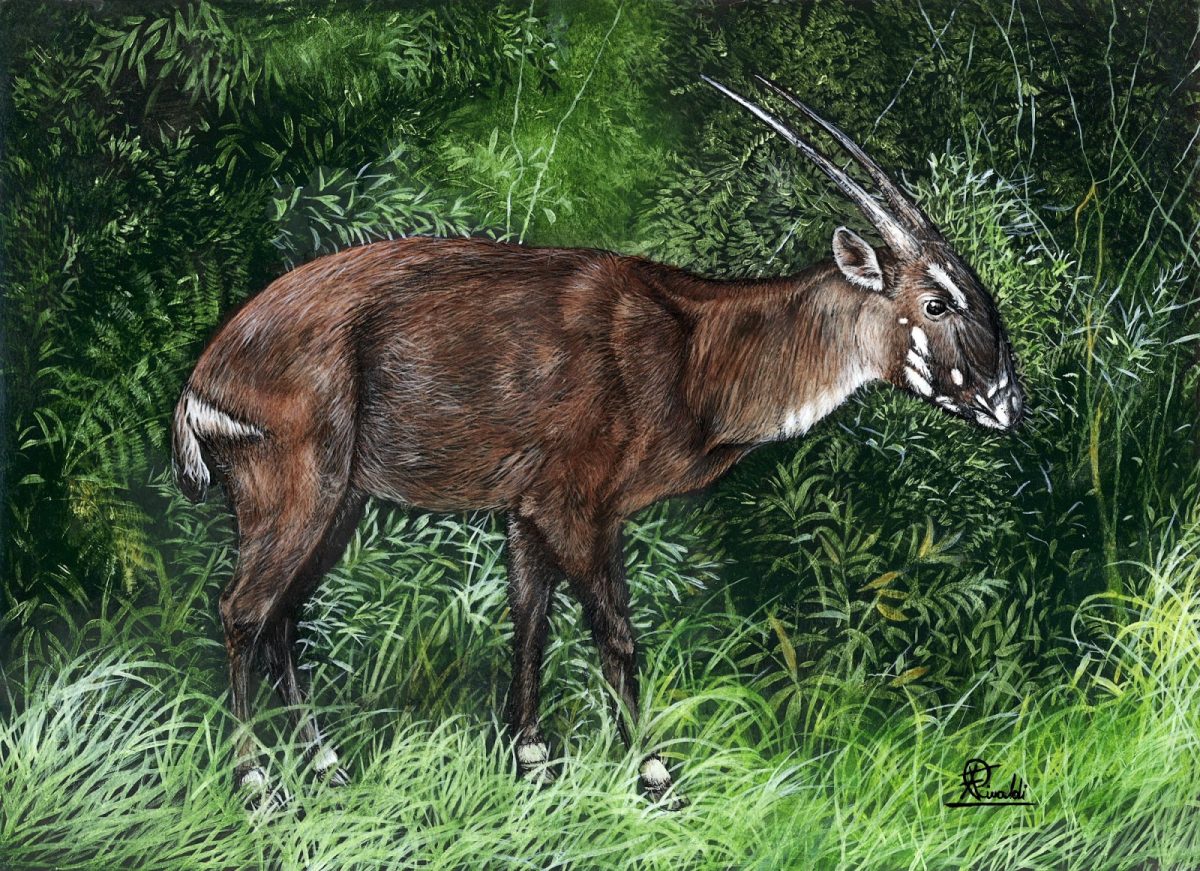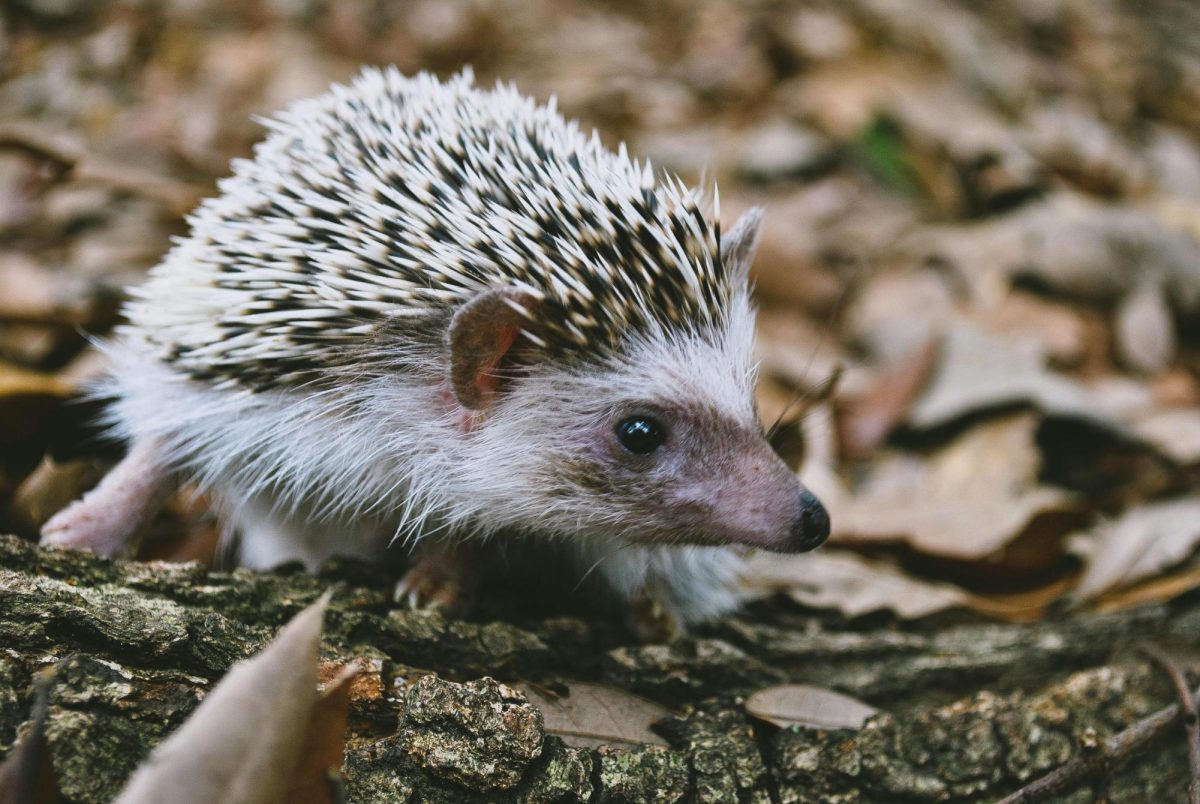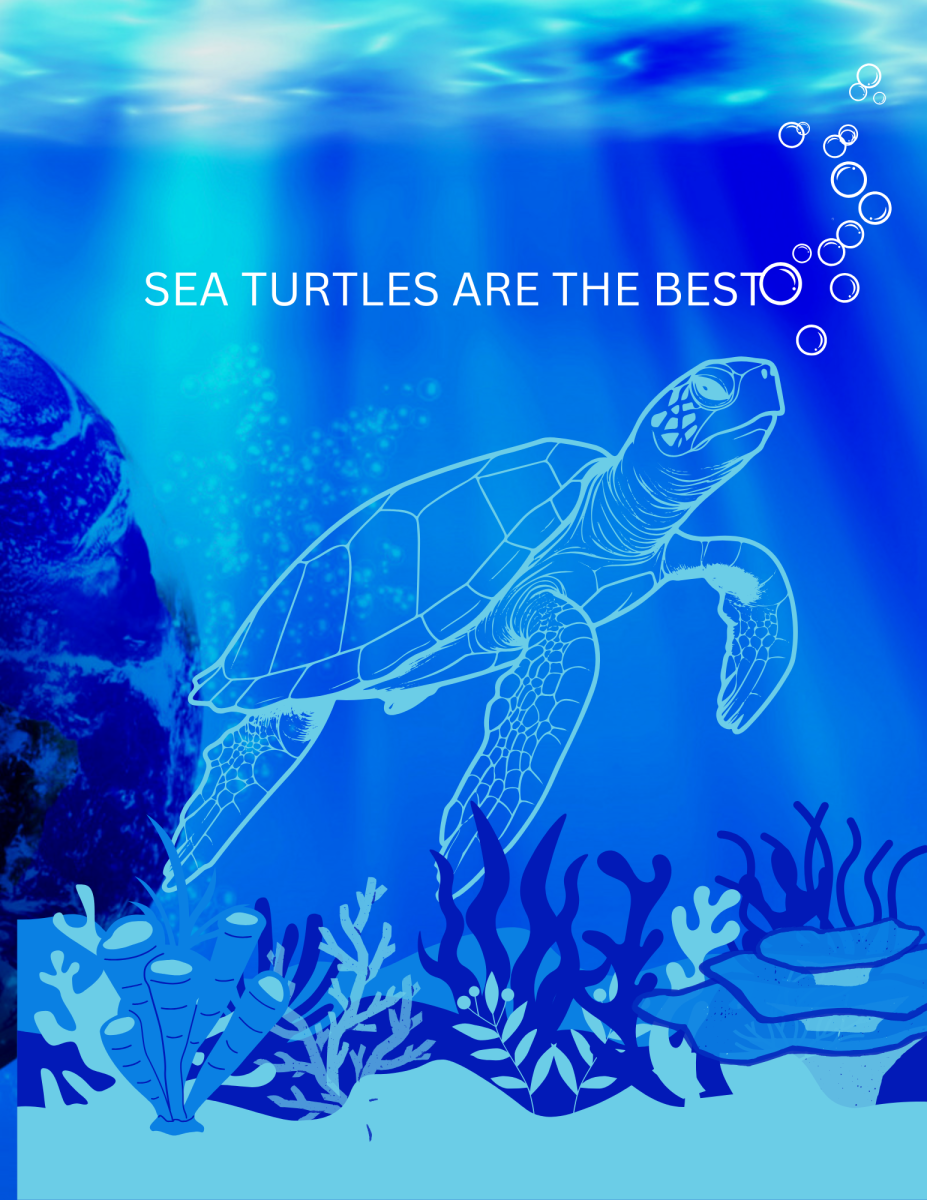The Komodo Dragon is found on the Indonesian islands, in particular Komodo, Rinca, Flores, Gili Dasami, and Gili Motang. It used to be found in some parts of Australia and Padar. They generally live in spaces out in sunlight but have easy access to shady tropical forests if they get too hot during basking periods.
Adult Komodo can get to be more than 70 kg (150 pounds) or, more specifically, 79-91 kg (174-201 pounds). They have iron-enriched enamel serrations on their teeth to better cut and rip their meat, and they usually have 60 teeth per mouth. They replace their teeth every 40 days and usually have 5 replacement teeth at any given time.
They eat mainly carrion, because of their unique hunting process; they bite their prey and inject their potent venom and then wait for the prey to die for over a few days. Then they track it and consume the body, even if it’s old or another Komodo has gotten to it first.
The Komodo dragon originated from India and Australia, migrating westward to its current home in Indonesia. It was thought to evolve because it lived on an isolated island with no competition and grew or as a specialized hunter for a certain type of pygmy elephants called Stegodon. But it was revealed to be false when researchers unearthed Komodo dragons’ fossils on Australia dating back 300,000 to 4 million years ago.
The Komodo dragon was first recorded in 1910 by a Western/European scientist when rumors of a ‘land crocodile’ reached a lieutenant stationed there who told the mainland about his discovery. They gained widespread popularity in 1912, and they became the driving factor for the expedition to Komodo Island in 1926, when they returned with 12 preserved specimens and 3 live Komodo dragons. They were then exhibited within London Zoo at the Reptile House in 1927. However, research paused for World War Two and was resumed in the 1950s or 1960s.
This article was written using Wikipedia.
